As regular Classic Driver readers will know, it’s not uncommon for a competition Ferrari from the 50s or 60s to sell for many millions. While Gooding & Co. stole the headlines with the $16.4 million 1957 250 Testa Rossa it sold last August, it's said that a UK-based, first-series 250 GTO has sold privately in recent months for a figure at least twice that.
Inevitably, with this amount of money at stake and cars maybe 60 years old having been constantly modified or ‘improved’, it’s important for collectors to know that what they are buying is the genuine article. Hence, in 2006, the creation of the Ferrari Classiche programme.
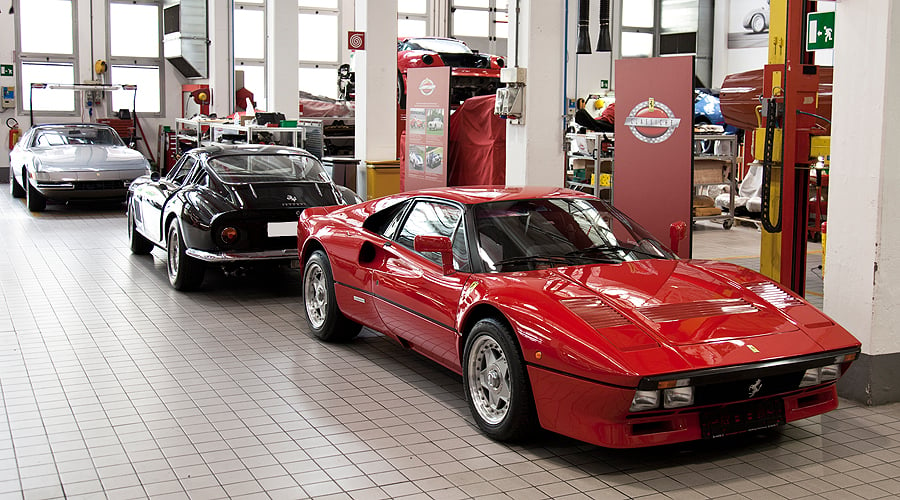
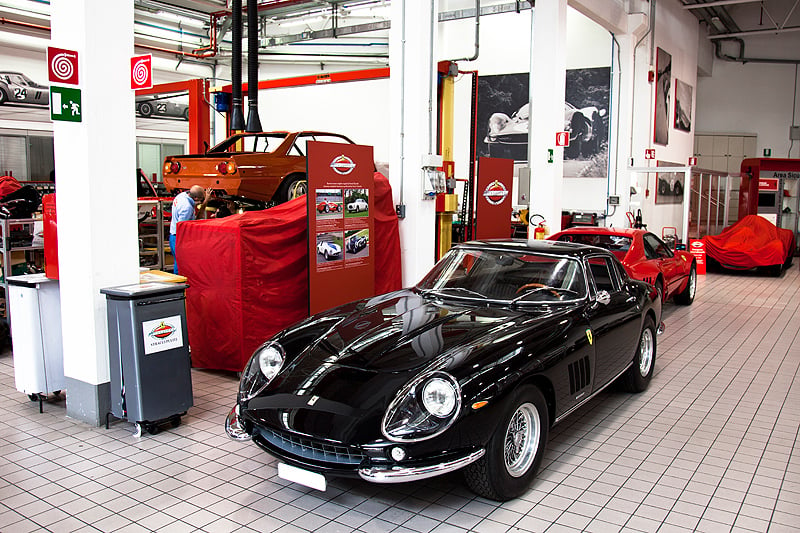
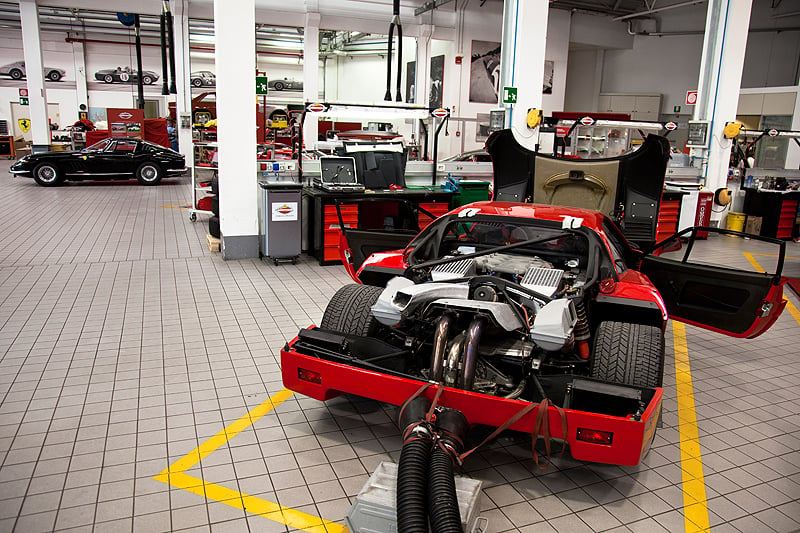
The Ferrari Classiche department is situated in the old foundry at the Ferrari factory in Maranello. Its 950 square metres of floor space is dedicated to models ranging in age from the very earliest 1948 barchetta to 1980s supercars such as the 288 GTO you see here. For competition machinery, there is no age restriction – all are welcome. When we visited, the workshop had a 250 LM and a 1950s four-cylinder Monza sports car sharing space with an F40, the 288 GTO and a 365 GTB/4 ‘Daytona’ Spider. The close proximity to the modern Ferrari factory, plus access to the wealth of expertise in Maranello and Modena, means that not only can originality be checked against original documents, but also any replacement components can be sourced to original factory specification, all carrying official Ferrari part numbers.
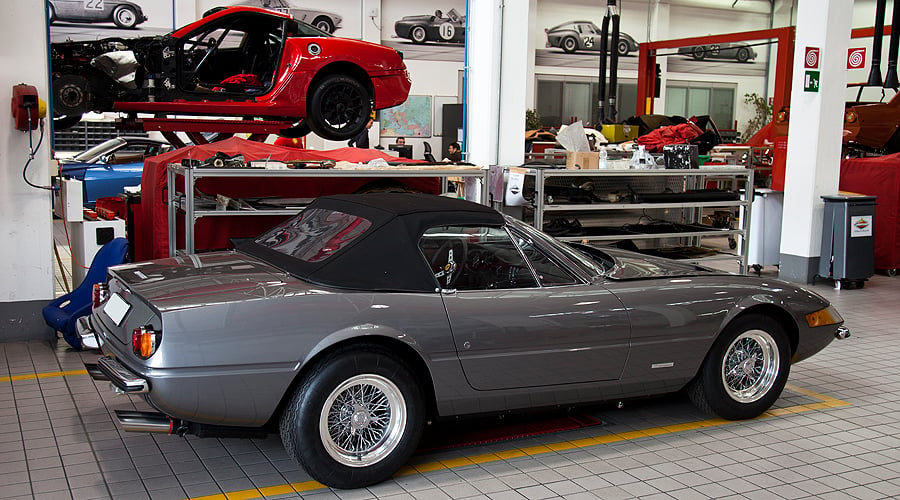
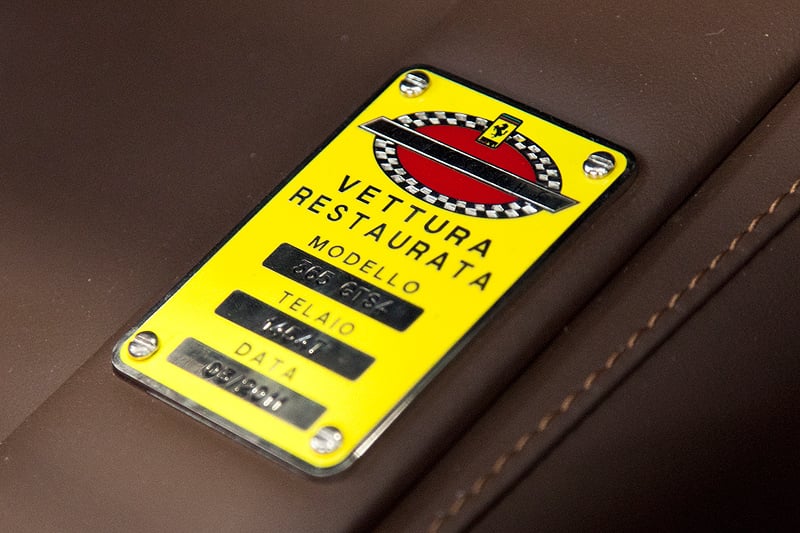
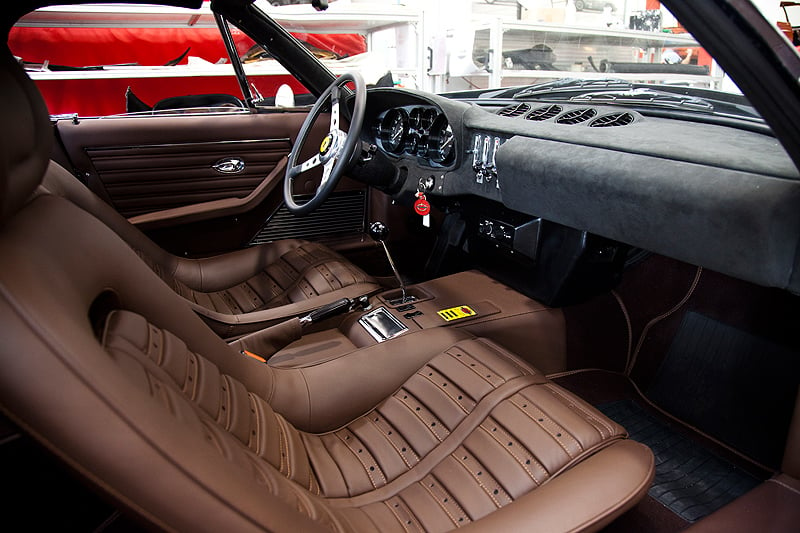
So, in addition to comprehensively checking cars for originality and issuing Ferrari Classiche Certificates of Authenticity, the department can also carry out the total restoration of rare and significant cars. And this is only possible because of the availability of the archive of drawings and build sheets for all cars built since the first 125 S was made in 1947. Ferrari is unique among Italian manufacturers in having had a generally settled history of ownership since its inception.
In the heat of takeovers, sales and bankruptcy, many other marques’ records have been lost – leading to a plethora of less-than-genuine cars in existence. Not so at Ferrari. Piero Ferrari, a Vice President of the company, heads the committee for issuing certificates, a careful process in which a car’s bodywork, engine, transmission, suspension, brakes, wheels, chassis and interior are deemed either original, or at least to have original-specification replacement parts.
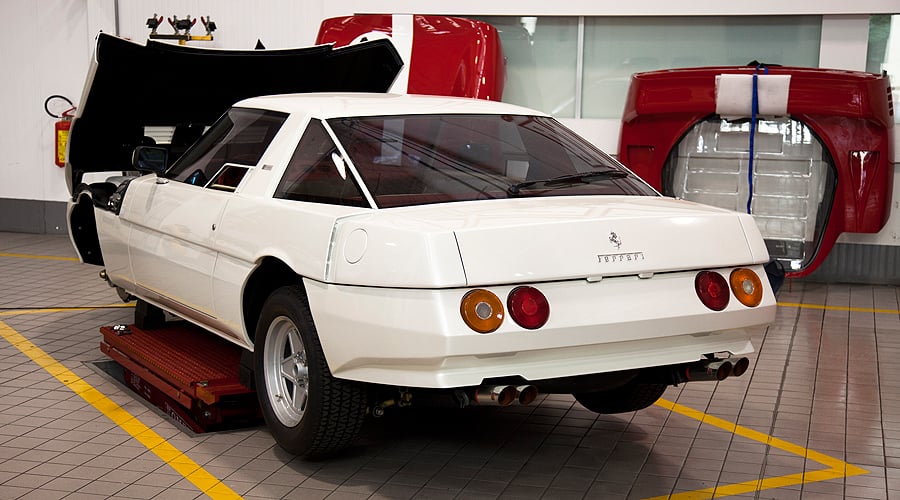
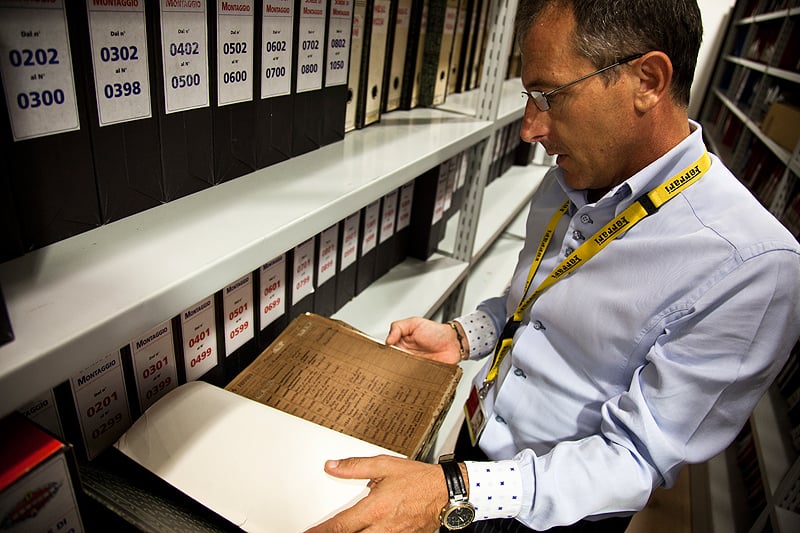
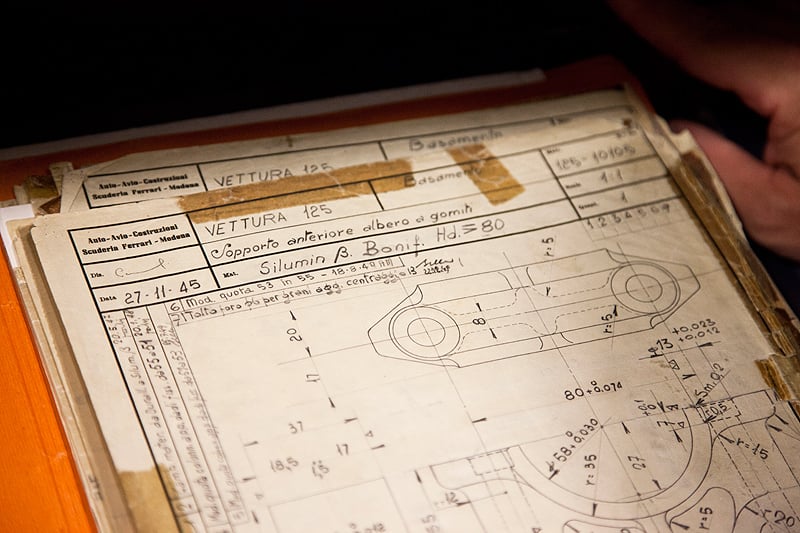
That said, there are exceptional occasions when some non-original modifications are allowed and the Certificate still issued. These are for significant one-offs which have been changed in period for racing or perhaps re-bodied by famous coachbuilders or designers - cars such as the immortal 250 GT ‘Breadvan’ that started life as a potent factory Short Wheelbase and was subsequently modified by Giotto Bizzarrini and Piero Drogo for Count Volpi’s Scuderia Serenissima Republica di Venezia racing team. The addition of a Classiche certificate to a Ferrari's history file not only adds to its value, it also gives original competition cars greater credibility when entering prestigious events such as the Mille Miglia retrospective.
Regular maintenance – and the initiation of the classification process – can also be carried out by authorised Ferrari Classiche service agents worldwide, specialists such as Eberlein Automobile GmbH in Germany. None of this comes cheap, but, considering the painstaking research into modern replacements for original paints, leathers and wood, plus the expertise of the men who built the cars in the first place, it’s well worth it.
Photos: Jan Baedeker












